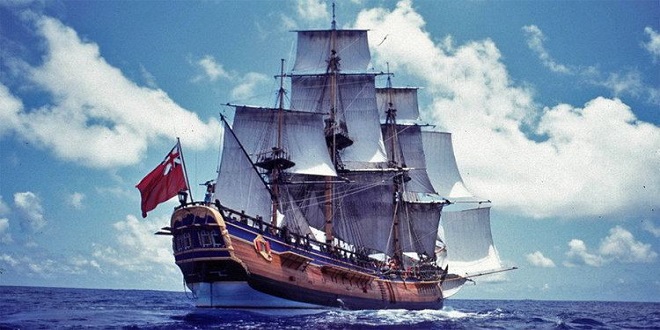The new naturalists until the voyage of HMS Endeavour

Box of bugs
Among Joseph Banks’ haul from the Endeavour, the expedition was more than 4,000 insects, including this cabinet of butterflies now kept at London’s Natural History Museum.
With a few notable exceptions, such as Tsar Peter I’s Great Northern Expedition in 1733–43, most voyages of discovery were designed to swell a country’s coffers rather than its banks of scientific knowledge. This is what made the voyage of HMS Endeavour unique. From the start, Captain James Cook’s expedition had science at its core. The primary aim of its visit to Tahiti was to record the transit of Venus; a secondary mission was to record the island’s plant and animal life and bring back samples. To achieve this, Cook took with him a young man from Lincolnshire, England, named Joseph Banks.
Banks was a passionate naturalist. As a youth, he had compiled a study of the flora of his own home county, and he later served as a naturalist on a voyage to Labrador and Newfoundland. He also happened to be very rich, having inherited extensive lands and great wealth. Although only 25, Banks supplied an estimated £10,000 of his own money to equip the Endeavour— which was more than three times the cost of the ship itself.
“They have got a fine library of Natural History: they have all sorts of machines for catching and preserving insects; all kinds of nets, trawls, drags and hooks for coral fishing; they have even a curious contrivance of a telescope, by which, put into the water, you can see the bottom at a great depth, where it is clear,” wrote John Ellis, one of the scientists aboard the Endeavour.
One of Banks’s inspirations was Carl Linnaeus, a Swede who, through his travels in Lapland, pioneered the scientific study of native peoples and their use of plants for medical, religious, and other purposes, a discipline now known as ethnobotany. Although not a great traveler, his botanical ideas were far-reaching. One of his correspondents was the young Joseph Banks, and another member of the Endeavour team, Daniel Solander, was a former pupil. Erasmus Darwin, grandfather of Charles Darwin, later translated many of Linnaeus’s works from Latin into English.
Cataloging the world
On Tahiti, while the Endeavour’s astronomers set up their observatory, Banks and his assistants began to collect everything they could, from birds and plants to local costumes and weapons. They continued gathering material when they reached New Zealand and did so again in Australia.
New species
Expedition artist Sydney Parkinson drew a sketch of a kangaroo on which this painting is based. The ship fitted for the mission was the HMS Bounty, captained by William Bligh, but famously the mission was never accomplished due to a mutiny led by Fletcher Christian. Subsequent generations of intrepid naturalists carried on the work begun on the voyage of the Endeavour, notably Alexander von Humboldt.
Last word
Banks was also patron to William Jackson Hooker, who explored, collected, and cataloged in Iceland, France, Italy, and Switzerland, before becoming director of Kew Gardens. His son, William Jackson Hooker, became one of the greatest botanists of the 19th century and was a close friend of Charles Darwin. It is no exaggeration to say that the work begun by Joseph Banks laid the groundwork for Darwin’s worldchanging theory of evolution.
